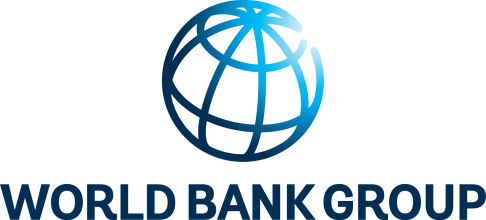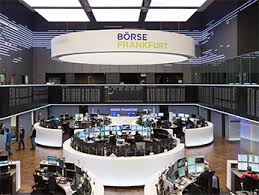World Bank Warns Oversupply Could Weaken Impact Of Middle-East Conflict On Oil Prices

- Says Commodity Prices May Fall Through 2026 Amid Historic Oil Glut
With global oil supply expected to exceed demand by an average of 1.2m barrels per day, a glut that has been exceeded only twice before—during the pandemic-related shutdowns in 2020 and the 1998 oil-price collapse, the World Bank Group, on Tuesday warned of a slump in global commodity prices to a five-year low next year amid an oil glut that may limit the price effects even of a wider conflict in the Middle East.
According to the World Bank’s latest Commodity Markets Outlook, overall commodity prices could remain 30% higher than they were in the five years before the COVID-19 pandemic.
This new oversupply, the report said, partly reflects a major shift in China, where oil demand has essentially flatlined since 2023 amid a slowdown in industrial production and an increase in sales of electric vehicles and trucks powered by liquefied natural gas (LNG).
In addition, several countries, that are not part of the Organization of Petroleum Exporting Countries or its allies (OPEC+), it said, are expected to ramp up oil production.
OPEC+ itself maintains significant spare capacity, amounting to seven million barrels per day, almost double the amount on the eve of the pandemic in 2019.
According to the World Bank report, between 2024 and 2026, global commodity prices could plummet by nearly 10%, just as global food prices are set to fall 9% this year and an additional 4% in 2025 before leveling off.
That is expected to still leave food prices nearly 25% above the average level from 2015 through 2019, just as energy prices are expected to drop by 6% in 2025 and an additional 2% in 2026.
The expected fall in food and energy prices, it is believed, should make it easier for central banks to tackle inflation, while an escalation in armed conflicts could complicate that effort by disrupting energy supply and driving up food and energy prices.
“Falling commodity prices and better supply conditions can provide a buffer against geopolitical shocks,” said Indermit Gill, the World Bank Group’s Chief Economist and Senior Vice President.
Unfortunately, he added, that such “will do little to alleviate the pain of high food prices in developing countries where food-price inflation is double the norm in advanced economies. High prices, conflict, extreme weather, and other shocks have made more than 725 million people food insecure in 2024.”
Over the past year, conflict in the Middle East has brought significant volatility to oil prices—particularly because of concerns that the oil and gas infrastructure of major commodity producers could be damaged if the conflict were to intensify.
Assuming the conflict does not intensify, the annual average price of Brent crude is expected to fall to a four-year low of $73 in 2025, down from $80 a barrel this year.
But the report also assesses what might happen if the conflict were to escalate, specifically if it resulted in reducing the global oil supply by 2%, or 2 million barrels per day, by the end of this year, leading to a disruption similar to the Libyan civil war in 2011 and the Iraq war in 2003.
If a similar disruption were to recur, the World Bank further warned, Brent prices would initially rise sharply. Peaking at $92 a barrel, which would encourage oil producers unaffected by the conflict to quickly respond by ramping oil production.
This price spike could be relatively short-lived, with oil price dropping to a $84 average per barrel in 2025, which is still 15% above the baseline forecast for 2025, but only 5% above the 2024 average.
Ayhan Kose, the World Bank Group’s Deputy Chief Economist and Director of the Prospects Group see a bright side in this possibility, as “the global economy appears to be in much better shape than before to cope with a significant oil shock.
“That opens up some rare opportunities for policymakers in developing economies: first, declining commodity prices can provide a helpful complement to monetary policy to bring inflation back to targets; second, policymakers have a window to wind back costly fossil-fuel subsidies.”
The average price of gold—a popular choice for investors seeking “safe haven”—is expected to hit a record this year, climbing 21% over the average in 2023. Gold holds a special status among assets, often rising in price during periods of geopolitical and policy uncertainty, including conflicts.
Over the next two years, gold prices are expected to remain 80% higher than the average in the five years preceding the COVID-19 pandemic, declining only slightly. The price of industrial metals is expected to remain steady in 2025-26, as weakness in China’s property sector is offset by tight supply conditions and rising demand for some metals from the energy transition. However, unexpected growth outcomes in China could prompt volatility in metals markets.
A special focus section of the report examines why global commodity-price movements were so synchronized during and after the pandemic and finds that commodity prices moved in tandem during the 2020-23 period because of global economic repercussions of the pandemic. There was also the large-scale commodity-specific shocks such as Russia’s invasion of Ukraine. Synchronized price increases tend to lead to higher global inflation and lower economic growth. Over the past year or so, price movements have become less synchronized.






